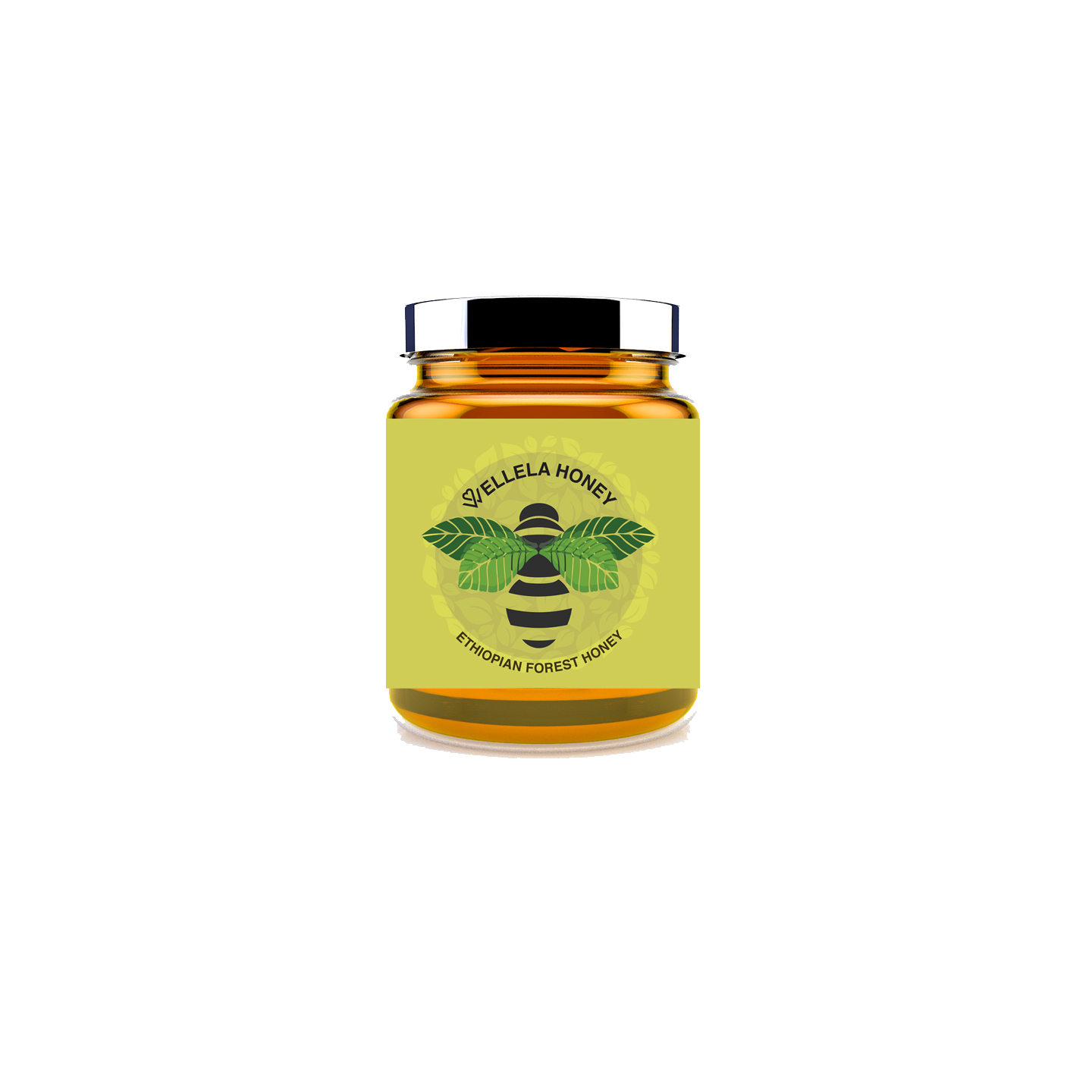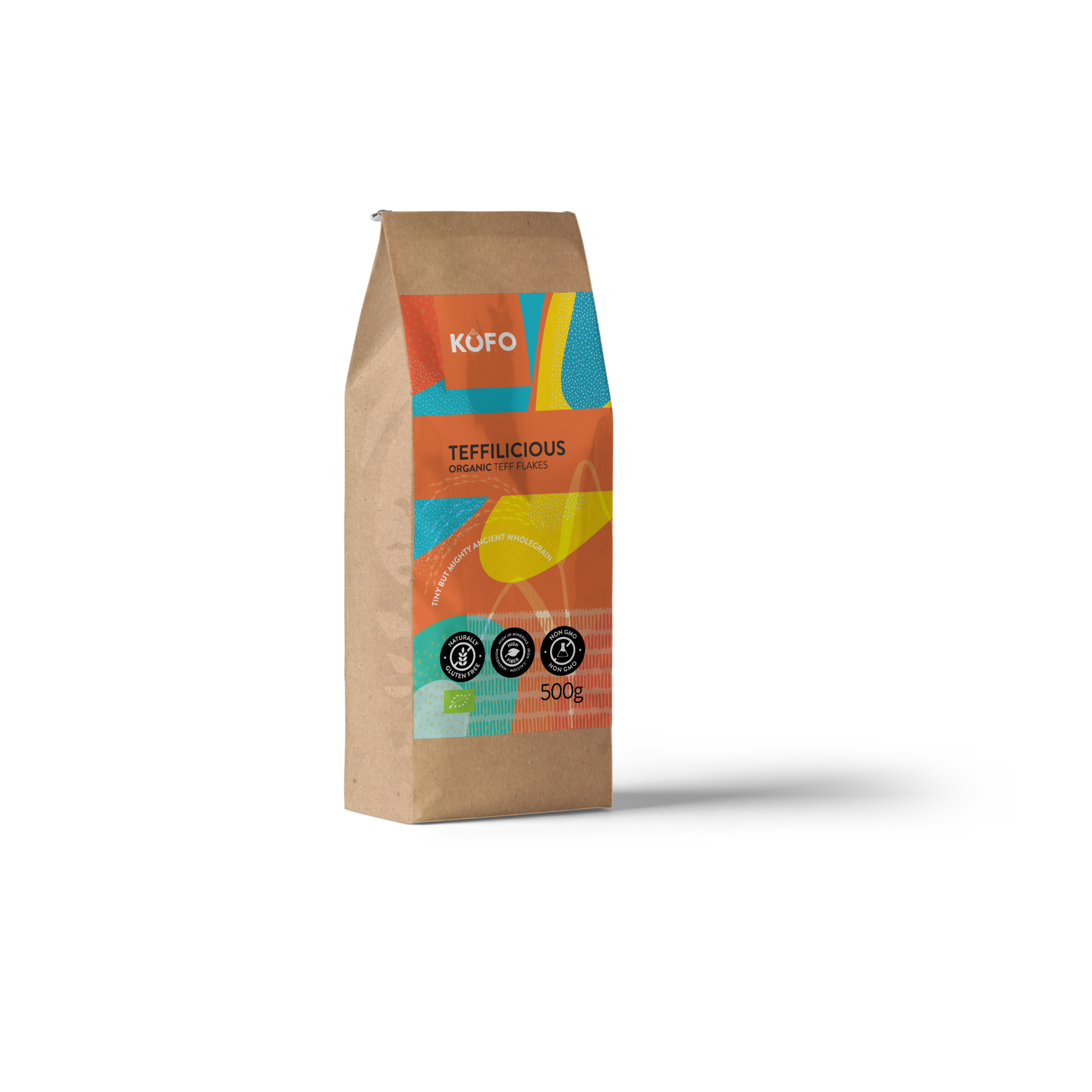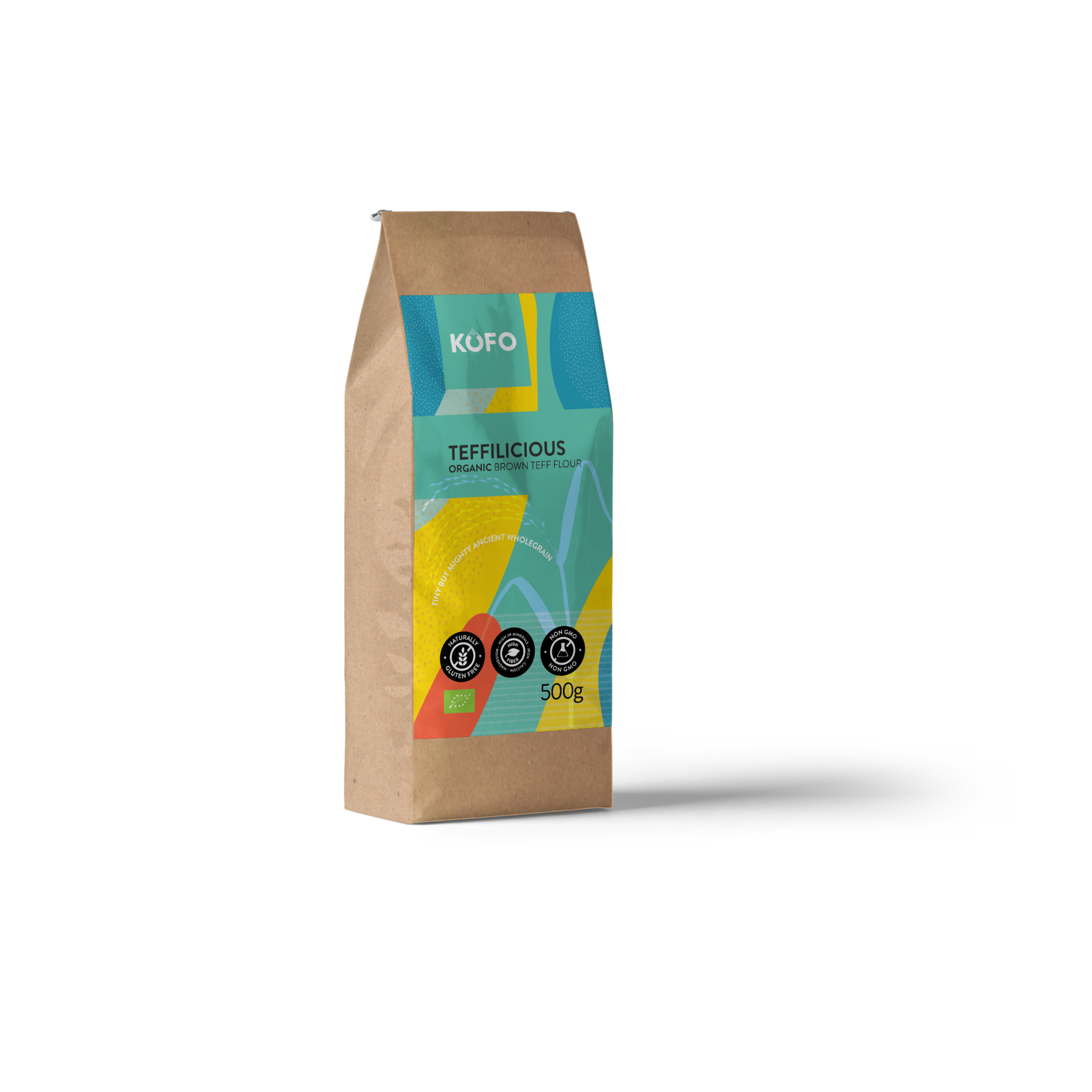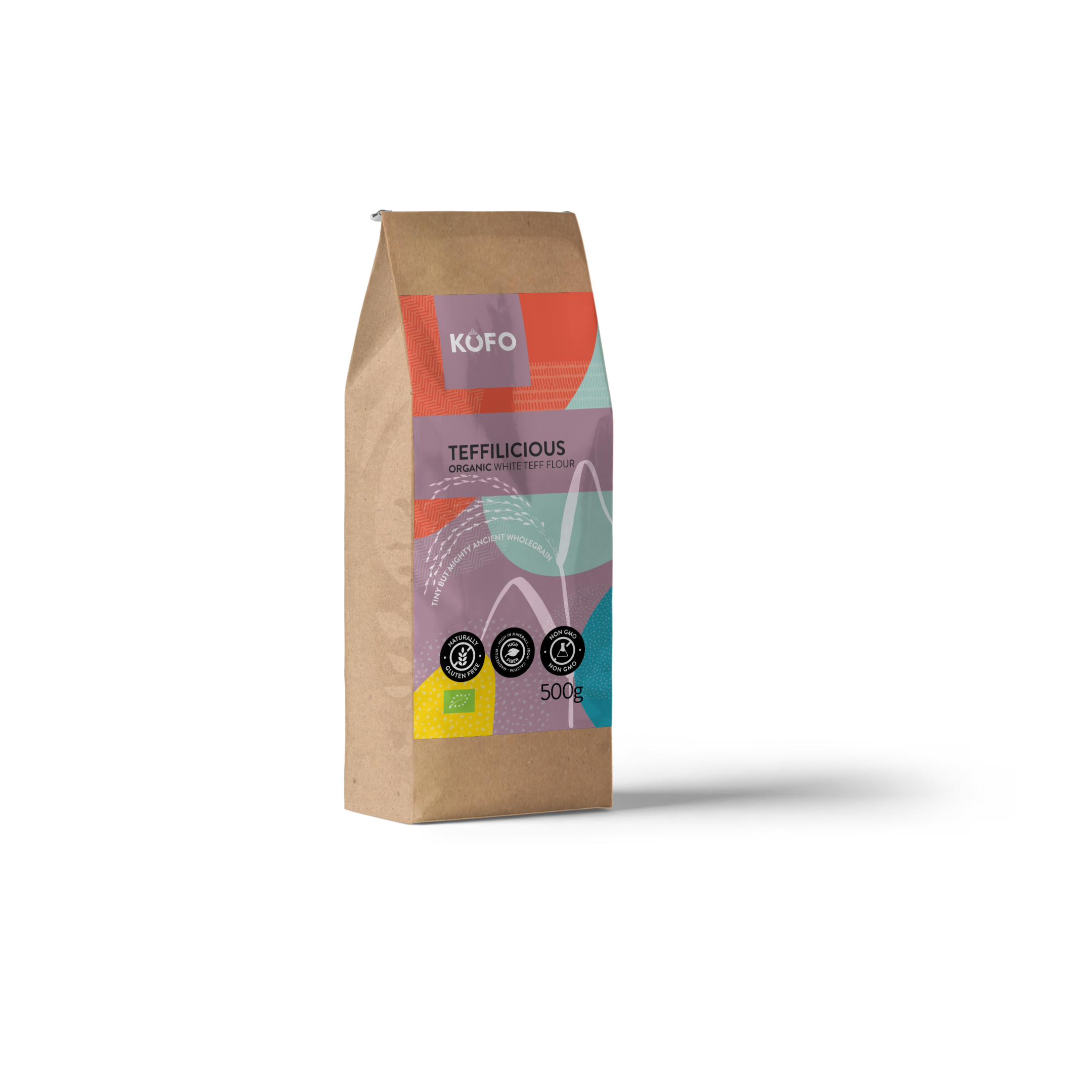Teff grain comes from a cereal grass (Eragrostic tef), which traces its origins from Ethiopian and Eritrean highlands in East Africa, where it still is a staple crop. Otherwise, Teff has had a relatively low-profile globally, until recently when increasing recognition has come due to its unique dietary properties.
Although a tiny grain, with up to three million seeds per kg, teff’s reputation has grownfar larger, not least for its impressive nutritional properties. Teff has proved superior to wheat, rice or maize in many aspects, particularly in its levels of minerals including iron, calcium, magnesium and zinc. This has inevitably led to its becoming a performance food of choice for many world-renowned athletes. Additionally, since it is naturally gluten free, it has proved a useful alternative for people suffering from gluten allergyi.e.gluten being a common protein in wheat and barley. Moreover, its low GI (Glycemic Index), characterised by its slow-release sugars, makes it particularly suitable for diabetics, and for those looking to control their blood sugar. To top it off, its high iron content is often associated with keeping anaemia at bay.
The mighty grain is:
Fibre Rich
With a recognised need to supplement fibre levels in the average western diet, teff provides a great source of fibre for gut health. Its crude fibre content of up to 4.5% is several times higher than wheat, sorghum, rice or maize.
High Protein
Teff’s whopping 11% protein content is accompanied by a good balance of essential amino acids, often known as the building blocks of protein.
Low Glycemic Index (GI)
Being of a low GI (the measure of the release of sugar into the blood stream), teff helps maintain stable blood glucose levels. This is universally beneficial, but particularly valuable for diabetics.
High Nutrient Content
Teff is rich in minerals such as iron, manganese, calcium, magnesium and zinc. For instance, a single cup of teff can provide daily values (DV) of 19% zinc, 30% of magnesium and iron and even 360% manganese. This has resulted in its becoming a performance food of choice for athletes. Amongst the general public, its iron content has also been credited for staving off anaemia.




